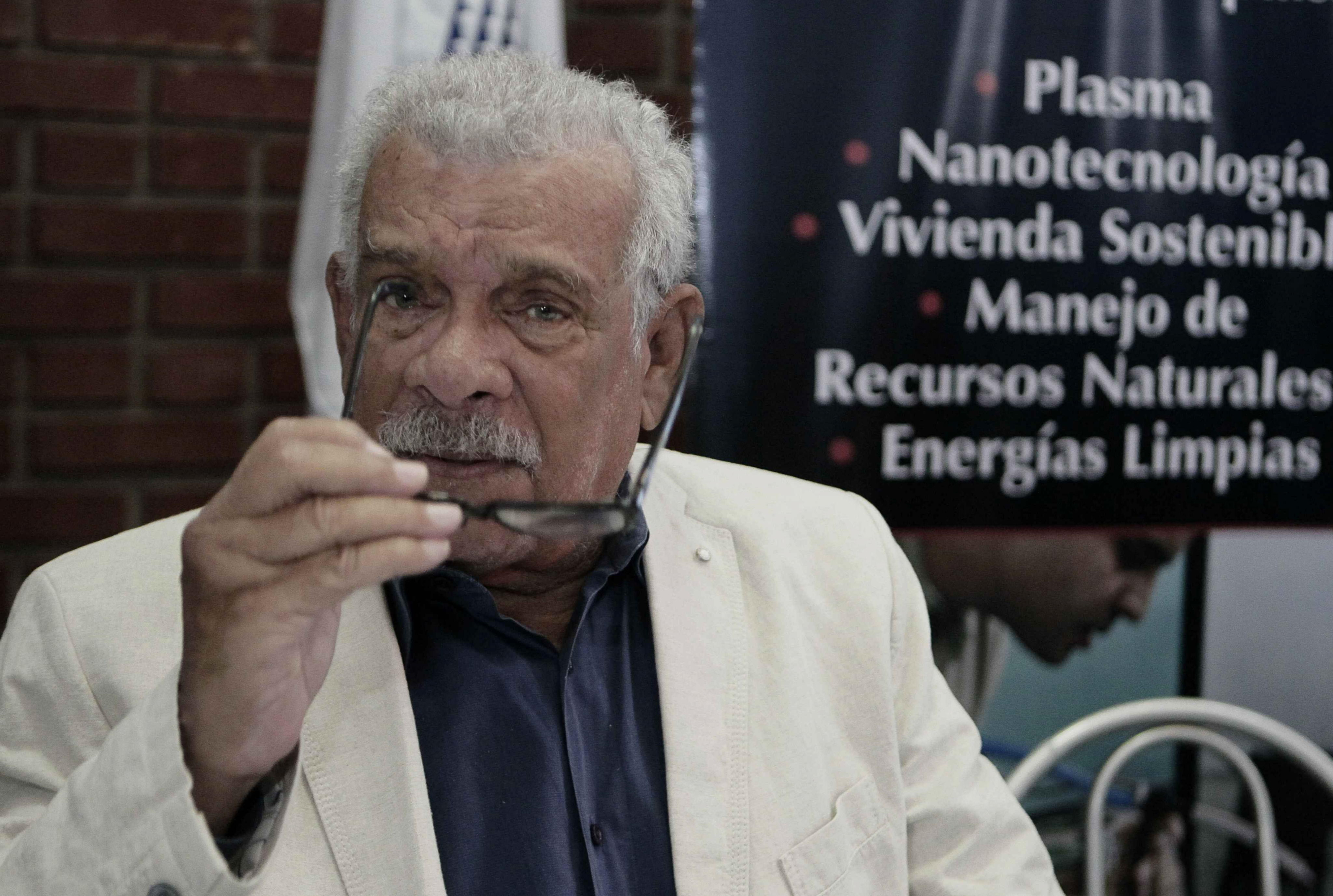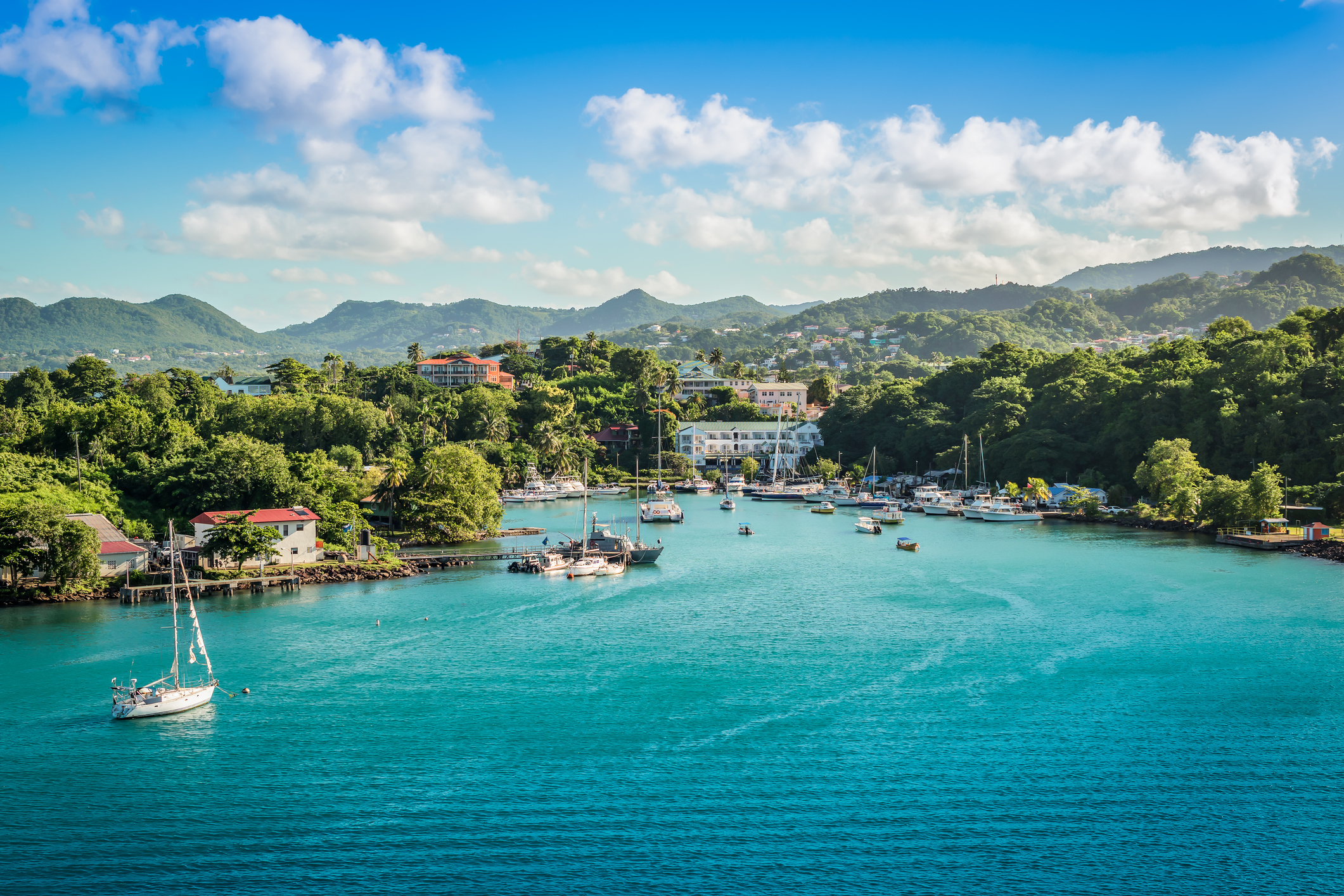The Caribbean island paradise with tropical rainforests and volcanic beaches

From the top of Morne Fortune, overlooking Castries Bay, it's easy to imagine why Saint Lucian-born Derek Walcott, the 1992 Nobel Prize winner for Literature, saw his homeland as an epic setting. This landscape surely inspired his masterpiece, the long poem Omeros . A free, modern, Caribbean version of Homer's Iliad , Walcott transposed characters and scenes from ancient Greek myths under the threatening shadow of the Soufrière volcano.
The starting point seems obvious, because Saint Lucia itself is known as “the Helen of the Caribbean”: like Menelaus’ wife, the island was the object of tragedies and wars.
If the Dutch abandoned the game early, this was not the case for the French and English, who repeatedly snatched it back from them fourteen times throughout history, more than any other Caribbean island. From that turbulent past, cannons remain on the beaches, now serving as decorative elements in the gardens of the all-inclusive resorts that have sprung up on the best sites on the north coast, not far from Castries.
If Saint Lucia is an epic poem, its micro-capital invites one to think of a realist novel. Beneath the breath of epic poems lie other realities more difficult than those experienced in luxury hotels. Between the modern administrative buildings, the vegetation allows one to glimpse the most precarious part of the city. However, one need only step back a little to discover the true beauty of the island, in its interior valleys or on its beaches and coasts. Nature has done its best to give all the beauty in the world to that American Helena.
Journey with poetry To get from the airport to the hotel resorts—which are usually located in the Castries region—you have to cross the island from one end to the other. A single main road crisscrosses the mountains and valleys from the Atlantic coast to the Caribbean. It passes through small coastal towns that still bear the names of 18th-century French aristocrats, such as Micoud and Dennery. These towns provide an unvarnished glimpse into the reality of this island, which was one of the last to gain independence from the United Kingdom and has since failed to achieve the levels of development enjoyed by other former British colonies in the region, such as Barbados and Antigua and Barbuda.
After crossing the central mountains, you reach the shores of the Caribbean Sea, with its calm, clear waters . This is also where you'll find the main attractions, such as Pigeon Island and the famous Pitons, volcanic cones that rise over 700 meters high and plunge into the sea. They appear on murals in Castries and on souvenirs that tourists often take home. They also gave their name to the local beer, one of the few products made in Saint Lucia.
They must have made Derek Walcott think that "poetry, like the sea, has no explanation." Unless you've studied geology, these curious little mountains are actually the highest points of a volcanic crater sunk underwater.
Saint Lucia is a land of dormant volcanoes, humid jungles, and white and black sand beaches, where everything seems to have been arranged to inspire poets and travelers.

Nobel Prize winner in Literature Derek Walcott (1930-2017) chronicled the beauty and history of Saint Lucia. Photo: Jeffrey Arguedas / EFE. Archive photo
Saint Lucia is a land of dormant volcanoes, humid jungles, and white and black sand beaches, where everything seems designed to inspire poets and travelers. Therefore, it's not a bad idea to turn to Walcott's verses for guidance.
Thus, the journey begins in Castries, his hometown, where the Cultural Center bears his name and celebrates his legacy through exhibitions, readings, and theater. In the central square, a bust of the poet welcomes visitors arriving by sea or land. Throughout the city, scenes and times of day recall some of his verses: be it fishermen rising early on the docks, the voices of vendors in the market, or fragments of conversation in Creole—or Patwa. Walcott was able to narrate the island not as a tourist postcard, but as a living space, where history and landscape are inseparable.
Living roots Saint Lucia is unique in many ways, but when its delegates sit in the UN pews, they represent the only state on the planet named after a woman. Lucia of Syracuse was a Christian martyr who lived in Sicily in the late third century AD.
It is said that French sailors were the ones who named the island after arriving on December 13th. In fact, one of the first globes made after Columbus's arrival in America, preserved in the Vatican, already indicated the presence of an island called Sancta Lucia . Whoever named it that ignored its original name. For the Carib settlers, it was Hewanorra , and before them, for the Arawaks, it was Louanalao . In both languages, it was called "Iguana Island."

Castries Bay is one of the most visited spots in this destination. Photo: iStock
The island's distant pre-European past has survived to this day, and Saint Lucia's statistics officially recognize some communities of Carib descent, the last in the region. Almost the entire population is of African descent, children of slaves brought by Dutch, French, and English settlers to work on the plantations. Their voices also find an echo in the verses of Derek Walcott. In another of his works, we read: "And I say to the ancestor who sold me, and to the ancestor who bought me: I have no father, I want no such father, but I can understand you, the black ghost, you, the white ghost, when you both whisper the word history."
The journey, guided by the poet's benevolent shadow and his rhymes, then takes us from Castries to Soufrière, on the southwest coast. There, we admire the postcard-perfect Pitons, key to Walcott's imagination. In his poems, these peaks are much more than geological formations: they bear witness to colonial history, the suffering of slaves, cultural resistance, and the continuity of the landscape as an archive of memory.
At the other end of the island's western coast, the tour also includes Pigeon Island, which, with its military ruins and panoramic views, evokes the tensions between the French and British empires that shaped the island's past. It's an ideal place to reflect on the linguistic and cultural fusion Walcott explored in his work. It's also an ideal spot to relax in front of a wonderful view.
People usually travel to Saint Lucia with a swimsuit, sandals, and sunscreen in their suitcase. But it's not a bad idea to also pack some of Walcott's works. This island is an epic poem that can be lived and experienced as such. In Saint Lucia, every corner has its metaphor, every path its hidden verse.
Fun facts The cuisine fuses African, French, and indigenous flavors, with dishes such as green fig and saltfish, seafood curry, and cassava cakes.
Traditional music includes rhythms such as kwadril, socca, and calypso, which energize local festivals and the popular July carnival.
If you want to experience some music, the Friday Night Jump Ups in Gros Islet and Anse La Raye are street parties where visitors are welcome.
Saint Lucia is served by two international airports: Hewanorra International Airport (UVF) in the south (which serves flights from Miami, Charlotte, New York, Toronto and London) and George FL Charles Airport (SLU) in Castries (for inter-island flights).
As for transportation, the island is easily accessible by taxi, rental car, or organized tours. The distances are short, but the terrain, road conditions, and traffic make traveling time-consuming.
To buy local crafts and products, the best markets are those of Dennery and Castries (opposite the port and near the cruise ship landing). The island also produces its own artisanal cocoa, and tours and tastings are available at Morne Coubaril.
On the other hand, the island's signature experience is the black-sand beach of Soufrière and the neighboring Sulphur Springs, a volcanic hot springs resort with mud baths. And the best snorkeling spot is Anse Cochon, where you can explore underwater coral gardens.
The best time to travel is from December to May (dry season).
Pierre Dumas - For the Nation (Argentina)
eltiempo





